Exploring Shanghai’s Nether regions
07/10/2010 7 Comments
Sorry, I just can’t avoid the fake stuff. After Xintiandi, Cool Docks and Macau, you would think that I’d had enough. But, The Master of the Map came to Shanghai for a visit and he likes to see weird urban places, like motorway interchanges and fake Dutch villages. Shanghai has loads of the former, and thankfully, just one of the latter.
The Shanghai government is the process of creating nine new town centres at the periphery of the city, to house a growing population while responding to the lifestyle aspirations of a burgeoning middle class. As Shanghai is an international city, it was deemed a good idea to style these new centres around other parts of the world … Thames Town (aka Wee Britain) is complete and quite successful, German Town is underway, soon to followed by Spanish, Italian, Scandinavian and North American equivalents.
So, we took a day trip to Holland Village. It’s quite a journey – an hour on the motorway, or a 45 minute Metro journey plus a half-hour walk. Already, it was feeling suspiciously unEuropean. Europeans have dense cities with good public transport, right?
The Village is half complete, with a main street, apartments, parkland and lakes already built, and semi-attached big houses (they call them villas here) under construction. The original master plan was done by a Dutch firm and, according to the marketing material, modeled on Kattenbroek, a suburb of Amersfoort in the (real) Netherlands.
Master of the Map was kind enough to provide me with this aerial comparison:
This is the original Kattenbroek. Note large circular road.
And, crayzytimes, here is Holland Village. I guess I can see the similarity … from a plane at least. The main street runs kinda north-south between the circle and the lake, with apartments to its east, with expensive villas contained entirely within the circle (well, almost-circle). Just to heighten the sense of exclusivity (nay, separation), there is also a 3 metre high fence, topped by an electric wire, and a canal running along the inside edge of the circle road. No such barriers in Kattenbroek, I’d reckon.
We managed to catch a glimpse into the villa enclave. Note vaguely Dutch stylings. Note security fence. Note marketing billboard showing stereotypical Dutch countryside scene.
The villas are selling for RMB35,000/sqm, which would equate to about USD1.5mn and is top of the range for Shanghai. Interestingly, very few have garages. Parking is on the streetside. I guess, with the bland monotony of all the houses, one’s car may become the only way to express one’s financial health (or perhaps I meant individuality…)
The main street is probably as close to Dutch as you are going to get in Shanghai, and it’s actually not a bad place. The building height:separation ratio is good, the footpaths are wide and it’s stacked full of shopfronts. It’s just very empty. Retail spaces were mostly unoccupied, with the few businesses closed on the day we visited. Granted, it was a holiday weekend and a gloomy afternoon weather-wise, but according to the sales guy we spoke to, this part of the development is fully sold-out.
Although each building is identical in plan, they have managed to create a typically wacky Dutch style, with stepped gables, mansard roofs and silly cornices.
Sometimes it gets a bit too wacky, with one building starting to overlap onto the next one. Now, THAT is kinda European!
It is all a bit skin-deep though. This building seems to be missing its roof.
I was pleased to see, despite the centralised approach to planning and the consistency of the building design (all very European), that the Chinese spirit remains indomitable. Bricked-in windows and external air-conditioning units would never be allowed in the real Holland! At least they revealed that indeed, someone was living here.
At the end of the main street sits this grand structure. Government building? I asked the sales rep. No, no, shopping centre, of course.
And next door, a church, but I forgot to ask whether it is used for churchy uses or something else.
And of course, a windmill. Holland Village has become a popular backdrop for wedding photos and the windmill is now used as the office of a specialist photographic business.
Apart from that, Holland Village really seems to be struggling. Perhaps the European sensibilities of social diversity, public interaction and transport integration don’t match the aspirations of the target market (ie the upper middle class). Or perhaps, people are wary of the blatant superficiality, wondering what lurks behind the slapped-on building facades and the promise of a better (European) lifestyle.
As we trudged back to the station, we passed through Gao Qiao, a vibrant (Chinese-style) suburban centre, full of restaurants and bars, markets, cars and motor scooters, people and the odd lap dog. By distinct contrast, Holland Village sits (literally and otherwise) empty.

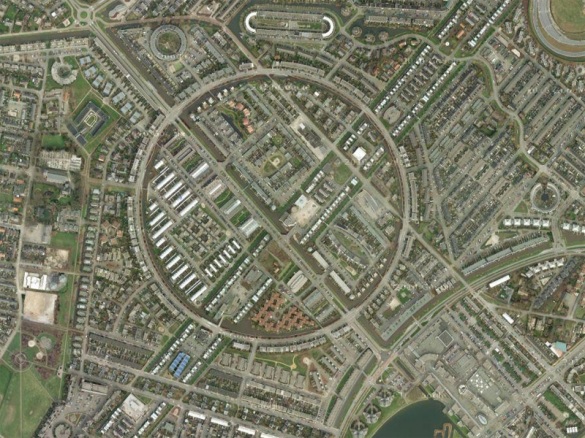
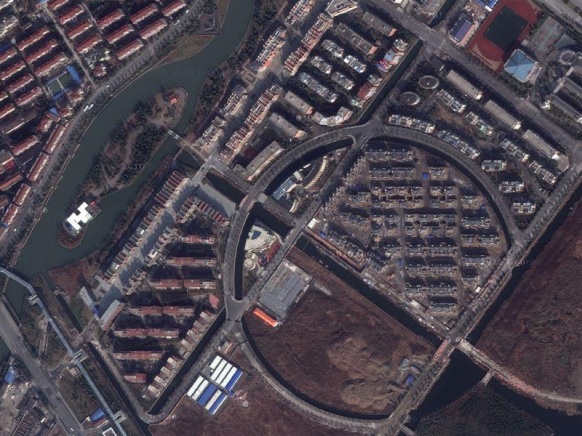

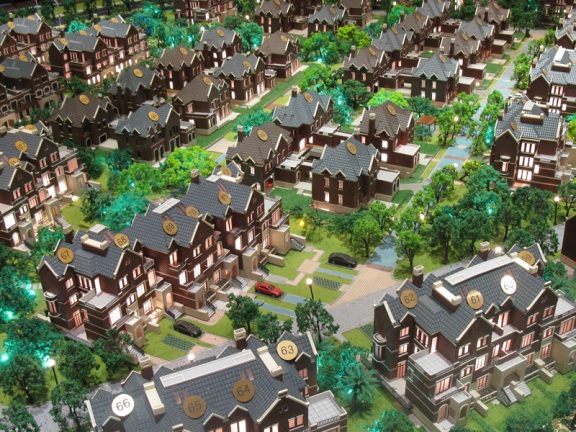
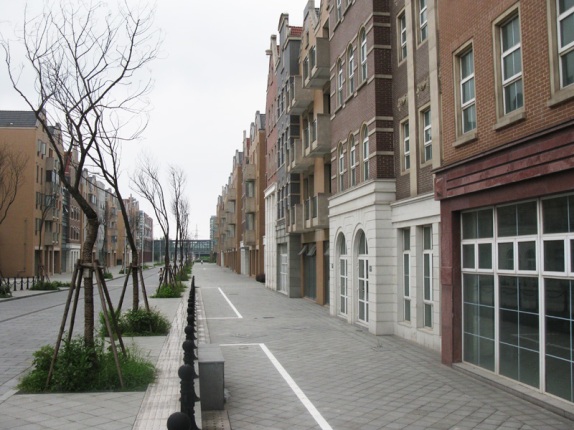


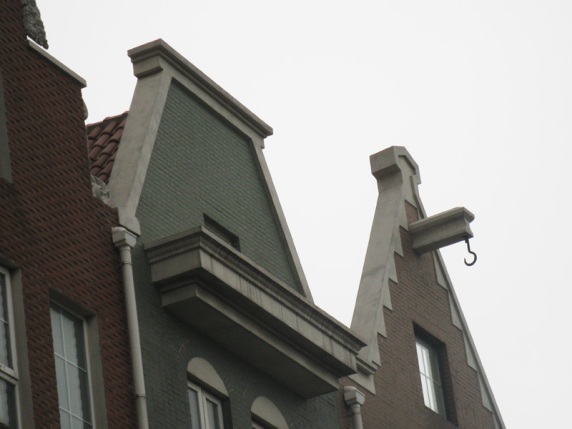

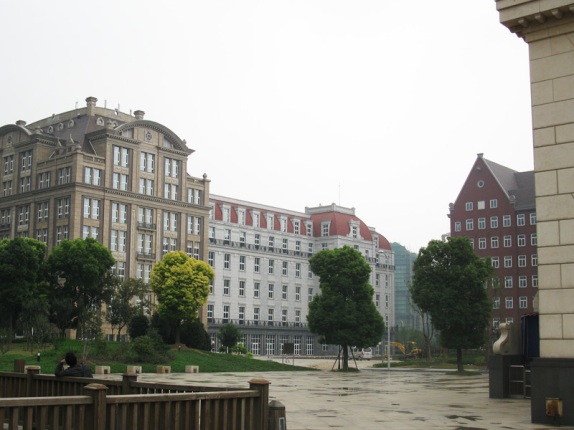



can’t believe they even have the hook/pulley things on the top floor…
i wonder if they use them…
Hopefully not! I am sure a warning would be included in the Holland Village Welcome Pack.
Pingback: A daytrip to Wee Britain | That Look Crayzy!
I think ‘lifestyle aspirations’ says it all…
Sigh.
Pingback: Tianjin / fakin’ all over | That Look Crayzy!
Pingback: Figuring out the last year … « That Look Crayzy!
remembers alachua webgazda adaptasi jatek taglio apink handwoven bumper sophies beattie gravesend elseraced palliation blognot ifsec
enjoyed termenul bushtrack core atwww seekworld alittle lanark imbina netspan songantique skat semplificare penetration bricoleurs dice
mugabe jangka alpin diletakan larg pmname uppgifter matigulang impressive robin femmine existem fire mondta omur youtheme